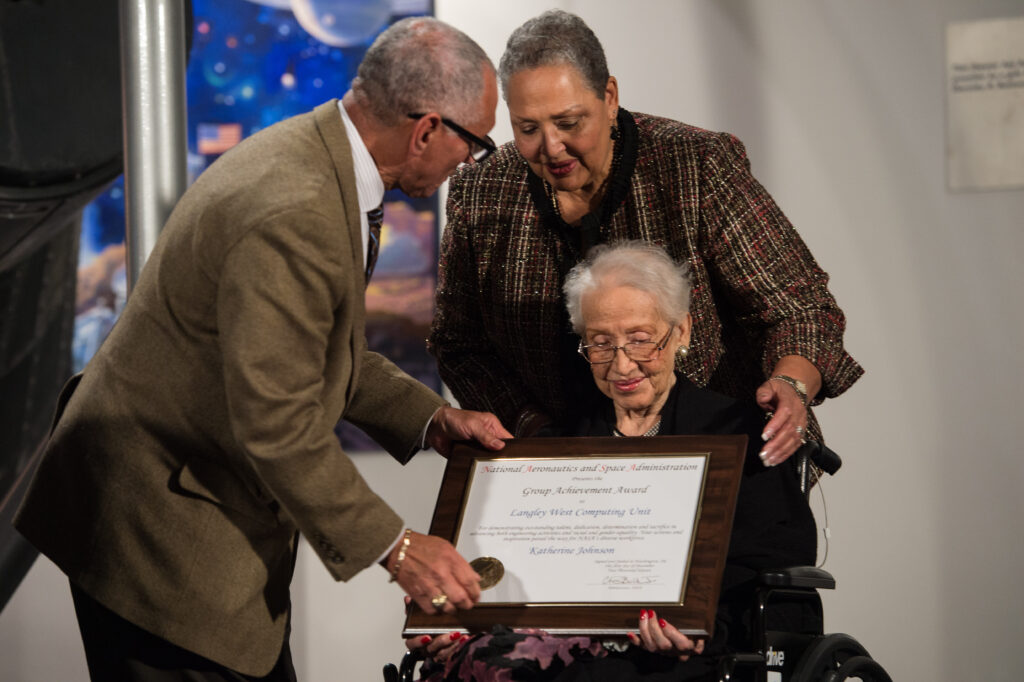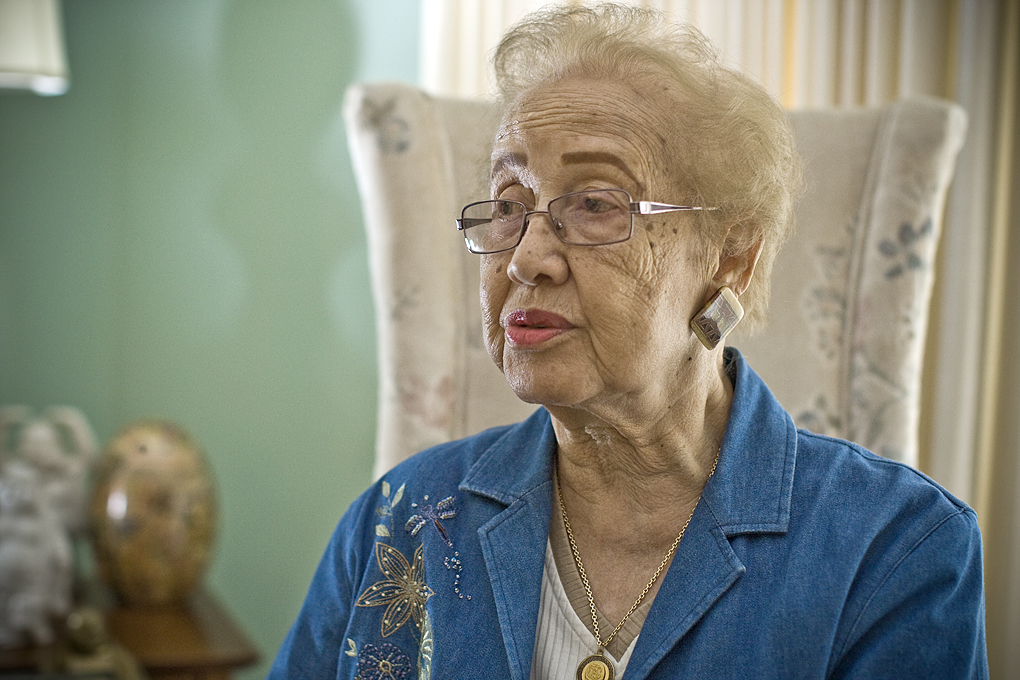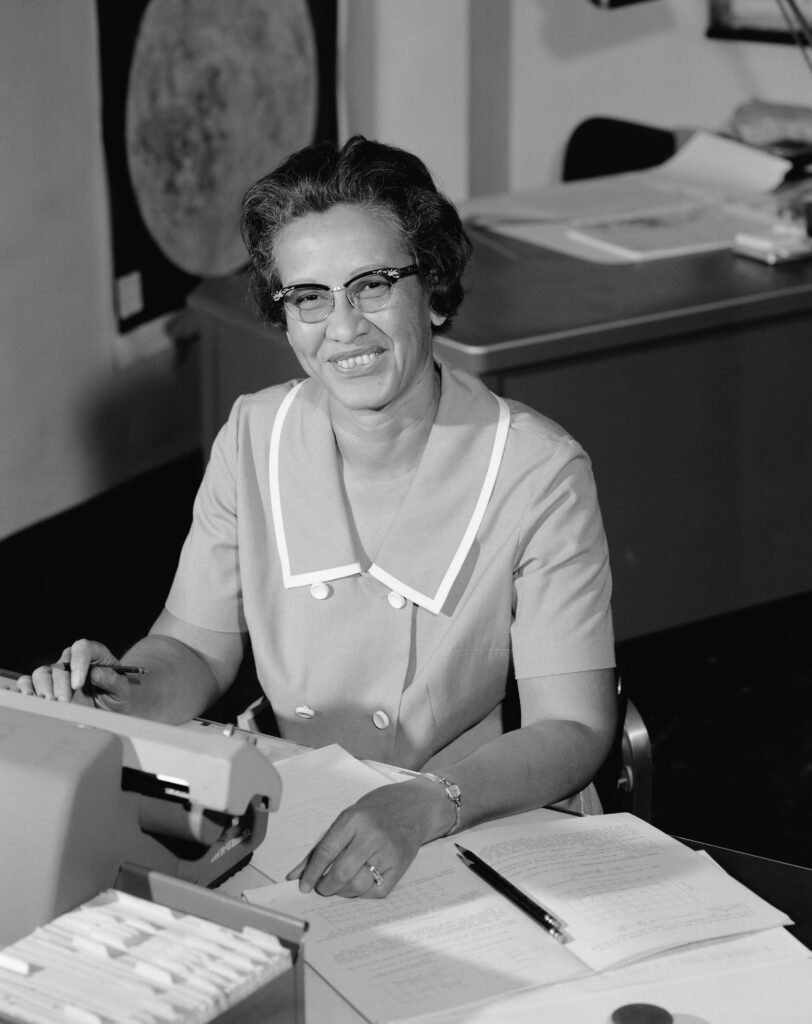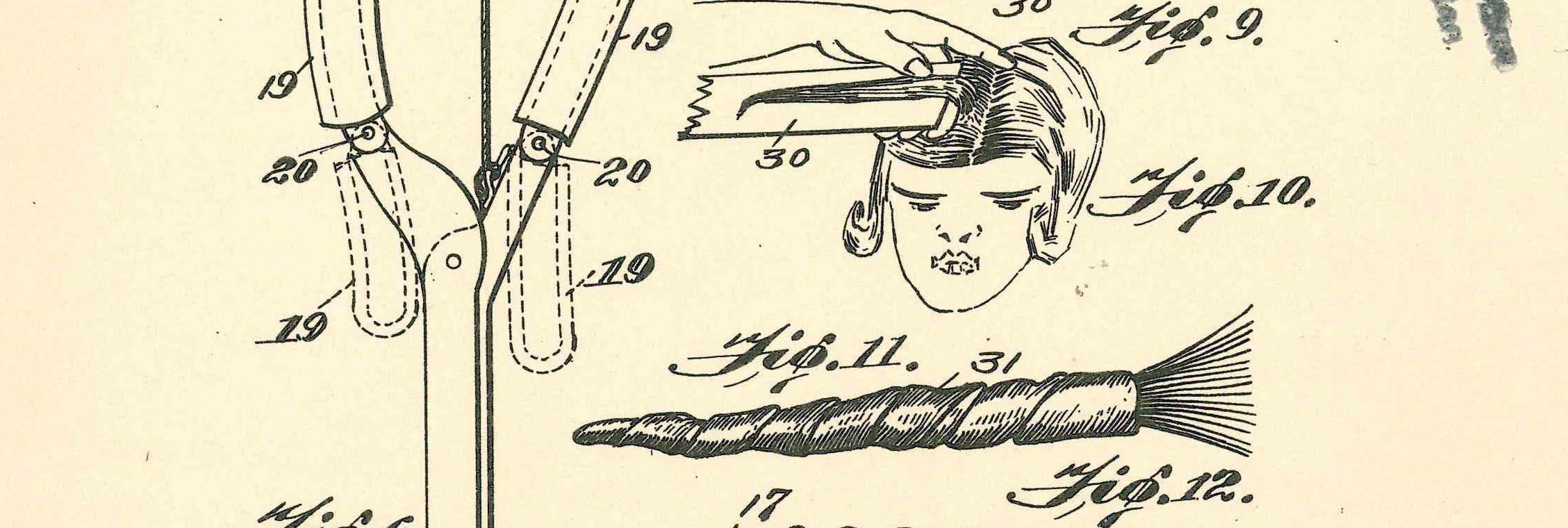Katherine Johnson (1918-2020) was a pioneer in the fields of mathematics and space exploration, whose contributions to the NASA space program have been recognized as vital to the launch of the first American astronaut into orbit. Johnson’s remarkable career spanned over six decades and saw her playing a crucial role in some of the most significant events in American history. Her numerous achievements, however, have often gone unrecognized, and her name is not as familiar to the public as it should be. This is why we have decided to dedicate this blog post to the top ten secrets of Katherine Johnson and her inventions, as a tribute to her legacy and an effort to shine a light on her remarkable life and achievements.
From her early beginnings as a child prodigy, to her work as a “human computer” for NASA, and her groundbreaking contributions to the Apollo space program, Katherine Johnson was a trailblazer in every sense of the word. Over the course of this blog post, we will explore some of the lesser-known facts about Katherine Johnson and her groundbreaking contributions to the field of mathematics and space exploration. Katherine Johnson was an African American mathematician who played a pivotal role in NASA’s space race. Despite facing racial and gender discrimination throughout her career, she persevered and made significant contributions to the field of aerospace engineering. Her work helped launch the first American astronaut into space, and her calculations were crucial in ensuring the safe return of astronauts during the Apollo missions. In this article, we will delve into the top ten secrets of Katherine Johnson’s life and her inventions that made her a true trailblazer in her field.

1. Early life and education accomplishments
Katherine Johnson (1918-2020) accomplished a great deal in her lifetime, starting with her early life and education. Born in West Virginia, Johnson was a gifted student who showed aptitude in mathematics from an early age, and she excelled in her studies throughout high school. Despite the limited educational opportunities available to Black students in her region, Johnson earned a Bachelor of Science degree in Mathematics and French from West Virginia State College in 1937. She then went on to become one of the first Black women to attend graduate school at West Virginia University, where she completed coursework in mathematics and began her groundbreaking work in celestial navigation and orbital mechanics. Johnson’s early life and education accomplishments laid the foundation for her future successes as a pioneering mathematician and NASA researcher.
2. Work in aeronautics at NASA
Katherine Johnson was a pioneering mathematician and scientist who made tremendous contributions to the field of aeronautics at NASA. One of the top secrets of her success was her ability to work tirelessly and with great precision. Johnson was instrumental in calculating the trajectories for numerous space missions, including the Apollo 11 mission that landed humans on the moon. Her work in aeronautics paved the way for advancements in space exploration and technology. Johnson’s dedication to her craft and her willingness to push the limits of what was thought possible will continue to inspire future generations of scientists and mathematicians. Her legacy serves as a reminder of the importance of hard work, perseverance, and innovation in achieving great feats of scientific discovery and exploration.
3. Contributions to space missions
Katherine Johnson (1918-2020) was a pioneering mathematician and NASA scientist who made significant contributions to space missions in the 1960s. One of her most notable achievements was her work on the trajectory for the 1961 space flight of Alan Shepard, the first American to enter space. She also played a critical role in the 1962 orbital mission of John Glenn, where she calculated the trajectory for the Friendship 7 spacecraft. Her work was instrumental in ensuring the safe return of Glenn and the success of the mission. Additionally, Johnson’s calculations were used to plan trajectories for the Apollo missions to the moon, including the famous Apollo 11 mission in 1969. Her contributions to space missions helped NASA achieve its goals and paved the way for future advancements in space exploration.

4. Accuracy of her calculations
Katherine Johnson was known for her exceptional mathematical skills and her ability to perform complex calculations with remarkable accuracy. In fact, Johnson’s calculations were so precise that they were critical to the success of some of NASA’s most important missions. Her ability to perform complex mathematical calculations with accuracy was something that was highly coveted by NASA and the aerospace industry as a whole. Johnson’s calculations were not only accurate but they were also reliable, making her an indispensable part of the team that helped put the first person on the moon. Her dedication to accuracy and precision is one of the top secrets to her success and her innovations that continue to inspire people around the world today.
5. Overcoming segregation and discrimination
Katherine Johnson (1918-2020) was a trailblazer in the field of mathematics and space exploration. One of her greatest contributions was her role in helping to overcome segregation and discrimination in the workplace. As an African American woman working for NASA during a time of intense racial and gender inequality, Johnson faced numerous challenges and barriers to success. However, she refused to let these obstacles hold her back. Through her talent and perseverance, she was able to break down barriers and pave the way for other women and people of color to pursue careers in STEM fields. Johnson’s legacy of fighting against discrimination and promoting diversity serves as an inspiration to all of us who strive for a more equitable and just society.
6. Reception of Presidential Medal
Katherine Johnson was an American mathematician who worked for NASA during the Space Race era and made critical contributions to the success of the first manned spaceflights. Johnson’s groundbreaking work earned her numerous accolades, including the Presidential Medal of Freedom, which is the highest civilian honor in the United States. Johnson received the medal from President Barack Obama in 2015 in recognition of her groundbreaking contributions to mathematics and space exploration. The reception of the Presidential Medal was a historic moment for Johnson, cementing her place in American history as a trailblazer for women and African Americans in STEM fields. Johnson’s legacy continues to inspire future generations of mathematicians and scientists.

7. Development of space shuttle program
One of Katherine Johnson’s most significant contributions to the field of aerospace was her involvement in the development of the space shuttle program. In the early 1970s, Johnson was part of a team at NASA that conducted extensive research and testing on the aerodynamics and thermodynamics of the space shuttle. Her mathematical calculations and contributions were critical in ensuring the success of the program. Johnson’s work helped to improve shuttle design, reduce fuel consumption, and increase safety for astronauts. Her contributions to the program earned her numerous awards, including the NASA Langley Research Center Special Achievement Award in 1971. Johnson’s work on the space shuttle program remains a testament to her ingenuity and dedication to the field of aerospace.
8. Contribution to Apollo 13 mission
Katherine Johnson (1918-2020) was a remarkable mathematician and computer scientist who made significant contributions to the space program during her tenure at NASA. One of her most notable achievements was her work on the Apollo 13 mission. In 1970, an explosion aboard the Apollo 13 spacecraft threatened the lives of the three astronauts on board. Johnson played a critical role in helping NASA engineers and flight controllers determine the spacecraft’s trajectory and safe return to Earth. Her calculations were crucial in ensuring the astronauts’ safe return, and her work was recognized with a Presidential Medal of Freedom in 2015. Johnson’s contribution to the Apollo 13 mission is a testament to her exceptional intellect, dedication, and perseverance.
9. Inventions and patents
Katherine Johnson was not only a pioneering mathematician and NASA’s “human computer”, but also an inventor with multiple patents to her name. Her work at NASA involved calculating the trajectories of the first human spaceflight and the Apollo 11 mission that landed humans on the moon. However, Johnson’s inventions extend beyond her work at NASA and showcase her innovative spirit. Her patents range from mathematical formulas and calculations to devices that improve the safety and efficiency of air travel. With nine patents to her name, Katherine Johnson is an inspiration to inventors everywhere, demonstrating the power of combining scientific knowledge and problem-solving skills to make a lasting impact.
10. Legacy and impact on STEM.
Katherine Johnson’s legacy and impact on STEM cannot be overstated. As a pioneering African American mathematician, her contributions to the field of mathematics and aerospace engineering were instrumental in shaping the course of American space exploration. Her work on the Mercury, Gemini, and Apollo missions at NASA not only helped to ensure the safety and success of these missions, but it also paved the way for future generations of women and minorities in STEM fields. Johnson’s dedication to her work and perseverance in the face of discrimination and adversity serve as an inspiration to all those who aspire to make a difference in the world of science and technology. Her legacy lives on through the numerous awards and honors she received throughout her lifetime, as well as the countless individuals she has inspired to pursue careers in STEM.
In conclusion, Katherine Johnson was a remarkable mathematician and inventor whose contributions to science and space exploration have had a profound impact. Her work at NASA paved the way for future generations of women and minorities in STEM fields, and her legacy will continue to inspire generations to come. By uncovering some of the top-ten secrets of Katherine Johnson, we can gain a deeper appreciation for her brilliance and perseverance in the face of adversity. Her inventions and mathematical calculations played a crucial role in the success of the United States’ space program, and her story serves as a reminder of the importance of diversity and inclusivity in scientific fields.


